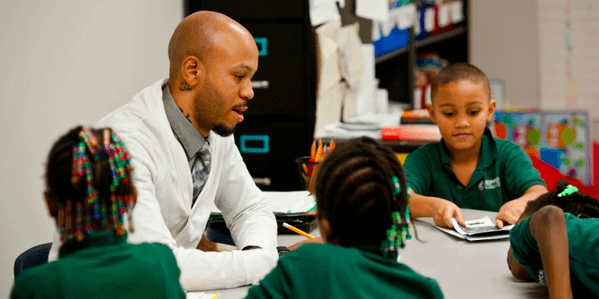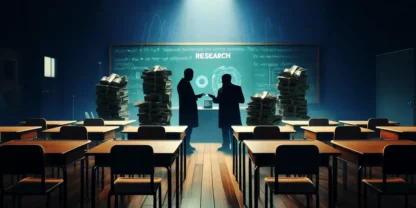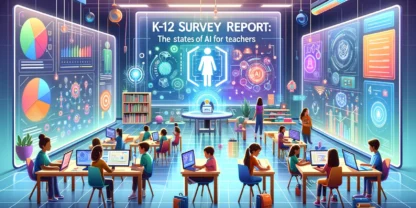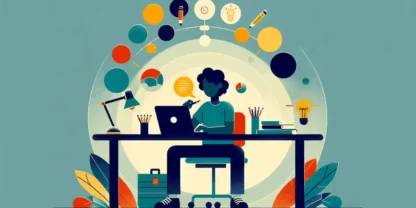“I wish I had known that this was how we should have been teaching.”
– Kindergarten teacher in Texas
Thirty states have now passed laws or new policies around evidence-based reading instruction, and if the science of reading has not already been implemented in your district, it’s likely coming soon to a district near you.
As teachers learn more about the science of reading and the research behind it, their reactions have ranged from excitement to frustration: excitement about the potential literacy gains to be made, frustration around the lack of education on the research until now.
We asked teachers to share their experiences implementing the science of reading in their classrooms and how administrators can best support them. Here’s what they said:
1. Changes this big take time and patience.
Historically, the science of reading has not been widely taught in colleges of education. Teachers who shared their stories with us expressed surprise at the lack of instruction they received on how the human brain actually learns to read. A Facebook group called The Science of Reading—What I Should Have Learned in College has grown to almost 180,000 members.
Because the science is brand-new to so many, it can be overwhelming trying to apply it to everything all at once. Encouraging teachers to go slow and steady will help to ease the frustrations that come with big changes.
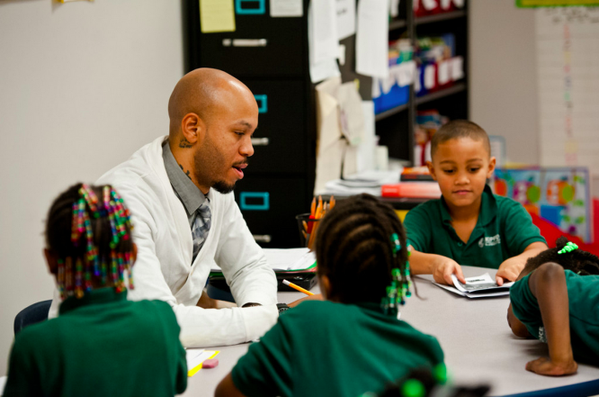
“My advice is to take it one step at a time. It will be hard to be an effective teacher when you are trying to overhaul everything. Pick one thing. Get really good at it, then add another.”
– 1st grade teacher in Kansas
2. Make room for what’s working by getting rid of what’s not.
Another way to ease the transition into the science of reading is to de-implement other approaches that provide less value. De-implementation can help free teachers’ capacity to focus on higher priority initiatives and reduce confusion among both staff and students.
This especially rings true when it comes to other reading initiatives. The balanced literacy approach originally gained popularity for its mix of whole language and phonics strategies, but even leading proponents of this approach have recently come out in favor of prioritizing structured phonics lessons.

“Get rid of what is not working. Oftentimes, I see teachers implementing the science of reading in small groups, but the kids are still doing the same old stuff in independent practice. This did nothing but further confuse our students. Go all in… your readers will thank you for it!”
– 2nd grade teacher in Texas
3. Don’t be afraid to learn alongside your teachers.
The science of reading isn’t just new for some teachers — it’s new to many school and district leaders.
Some districts have used COVID relief funds to provide science of reading training to additional staff members like special education teachers, interventionists, and other district-level staff. When possible, attending these trainings yourself is a great way to stay informed and ensure you have all the information you need to support your team.
And teachers aren’t the only ones creating Facebook groups to support each other on the subject. The group Science of Reading for Administrators-What Teachers Want You to Know has 4,000 members and a goal to help administrators “learn about the Science of Reading; the ‘why’ behind it, and the ‘how’ to effectively support your school or district with it.”

“Administrators can support the classroom teachers by also informing themselves. Then they can have a better understanding to either help other teachers improve or understand the methods of the teachers following the science.”
– 1st grade teacher in Kansas
Students master an average of 3 standards a month on eSpark.
Contact us to learn how eSpark can support your teachers’ reading goals.
